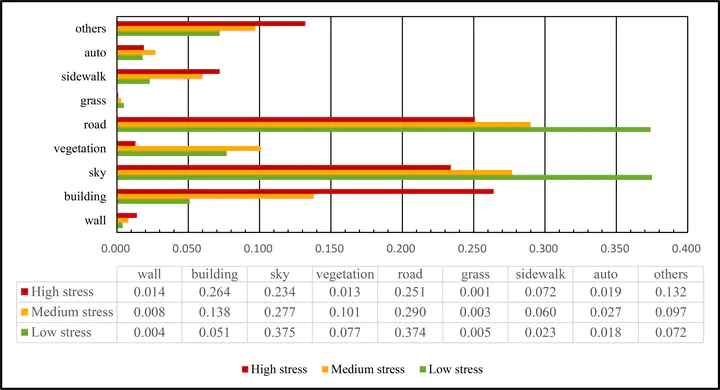Measuring Perceived Psychological Stress in Urban Built Environments Using Google Street View and Deep Learning

Abstract
An urban built environment is an important part of the daily lives of urban residents. Correspondingly, a poor design can lead to psychological stress, which can be harmful to their psychological and physical well-being. The relationship between the urban built environment and the perceived psychological stress of residents is a significant in many disciplines. Further research is needed to determine the stress level experienced by residents in the built environment on a large scale and identify the relationship between the visual components of the built environment and perceived psychological stress. Recent developments in big data and deep learning technology mean that the technical support required to measure the perceived psychological stress of residents has now become available. In this context, this study explored a method for a rapid and large-scale determination of the perceived psychological stress among urban residents through a deep learning approach. An empirical study was conducted in Gangnam District, Seoul, South Korea, and the SegNet deep learning algorithm was used to segment and classify the visual elements of street views. In addition, a human–machine adversarial model using random forest as a framework was employed to score the perception of the perceived psychological stress in the built environment. Consequently, we found a strong spatial autocorrelation in the perceived psychological stress in space, with more low-low clusters in the urban traffic arteries and riverine areas in Gangnam district and more high-high clusters in the commercial and residential areas. We also analyzed the street view images for three types of stress perception (i.e., low, medium and high) and obtained the percentage of each street view element combination under different stresses. Using multiple linear regression, we found that walls and buildings cause psychological stress, whereas sky, trees and roads relieve it. Our analytical study integrates street view big data with deep learning and proposes an innovative method for measuring the perceived psychological stress of residents in the built environment. The research methodology and results can be a reference for urban planning and design from a human centered perspective.